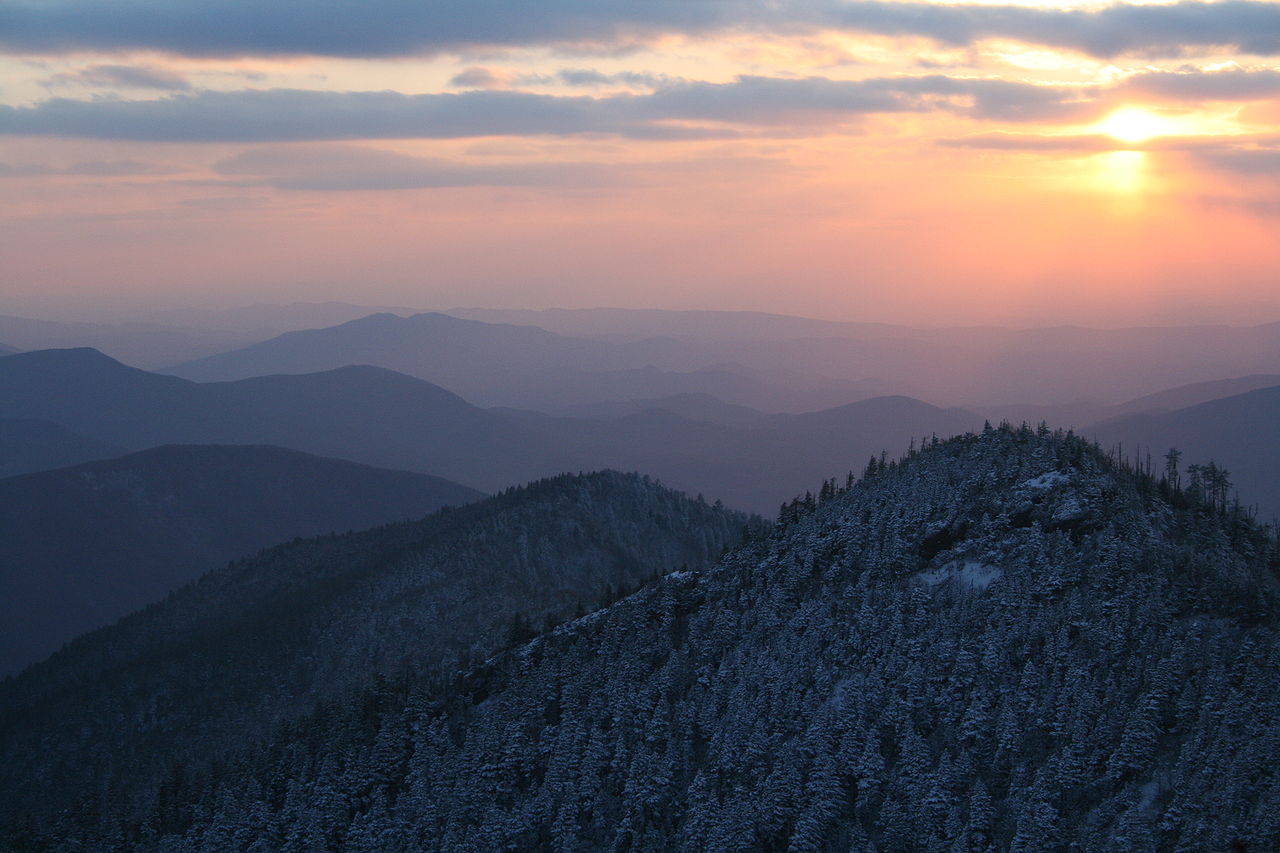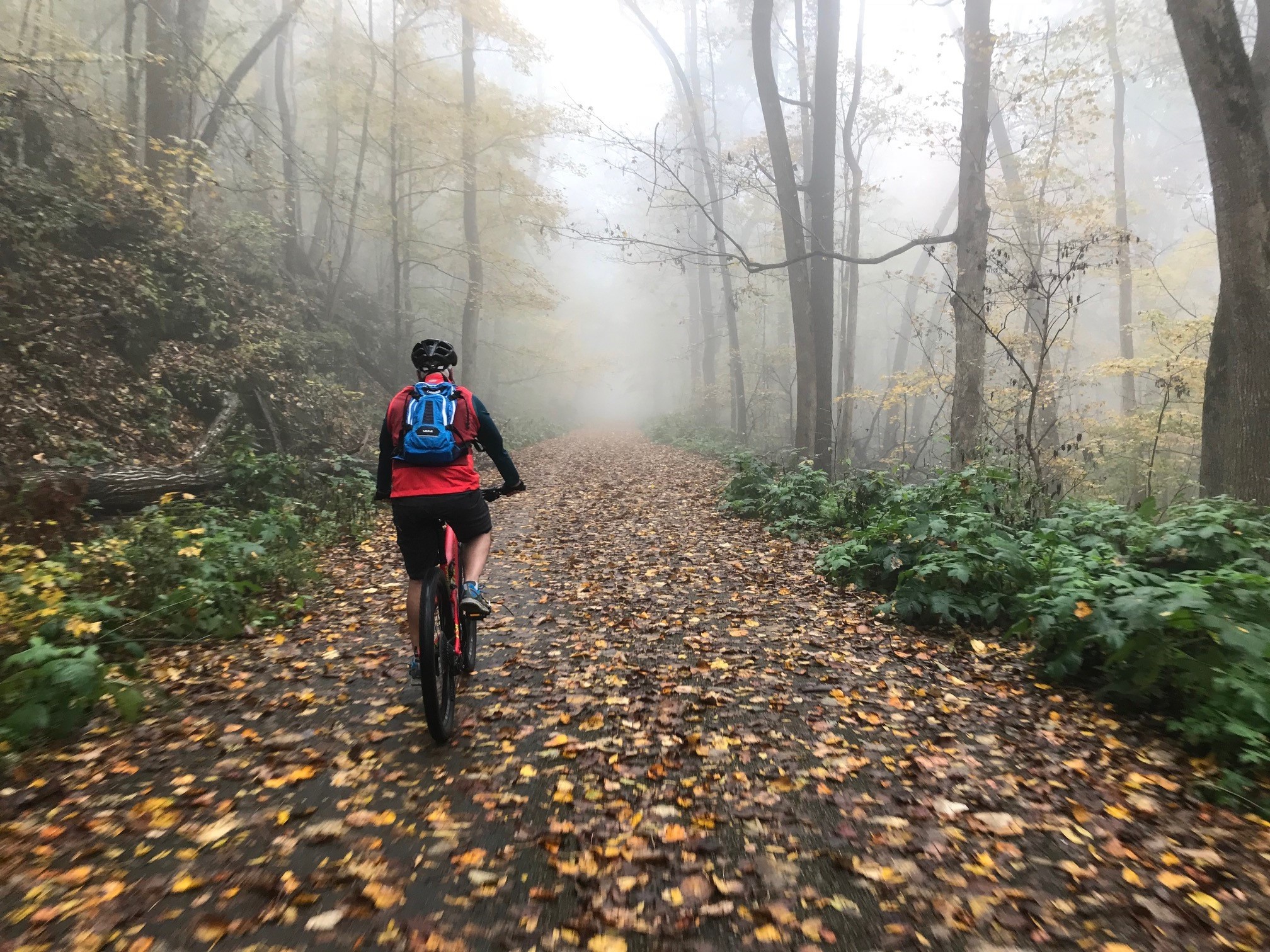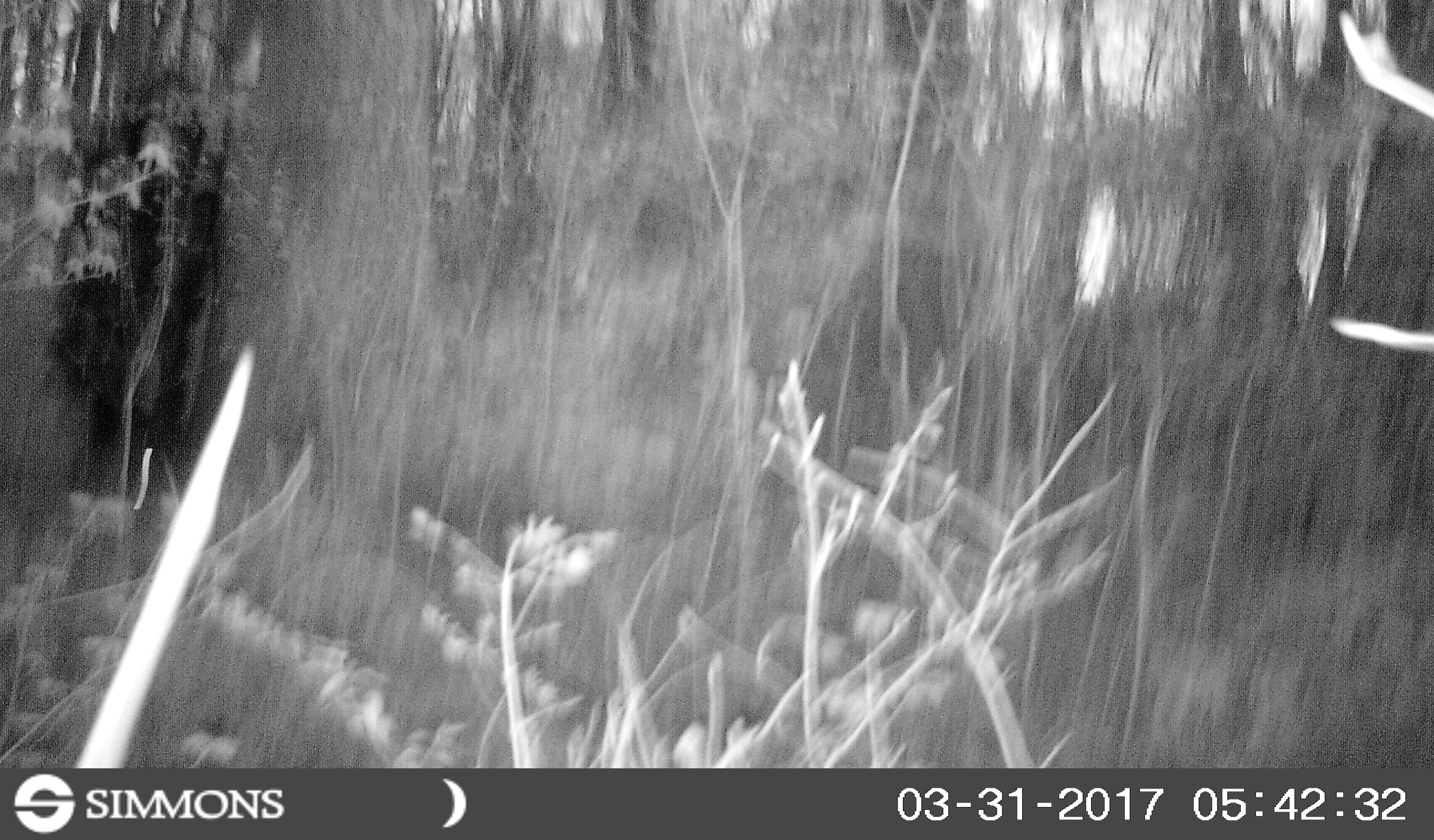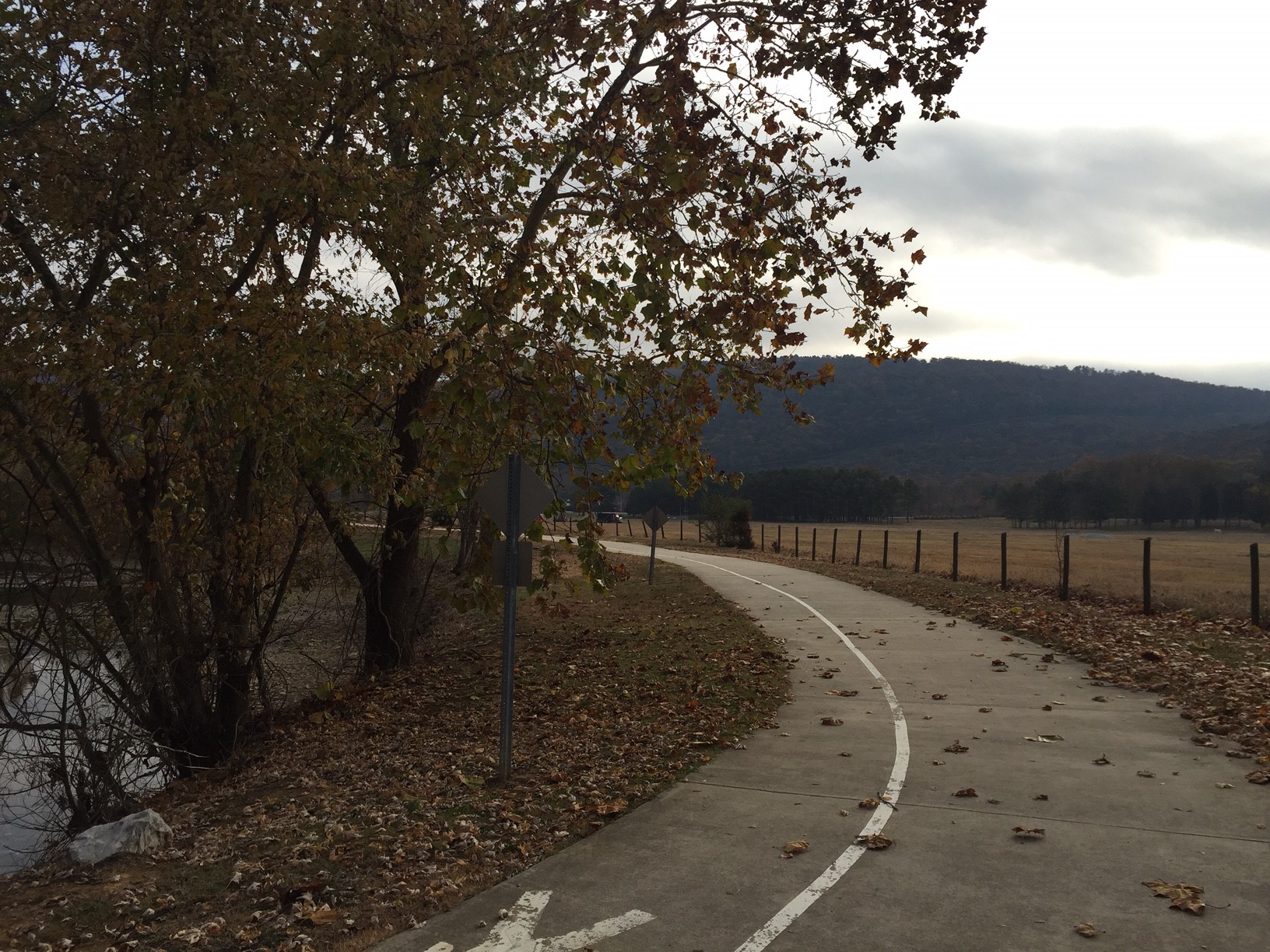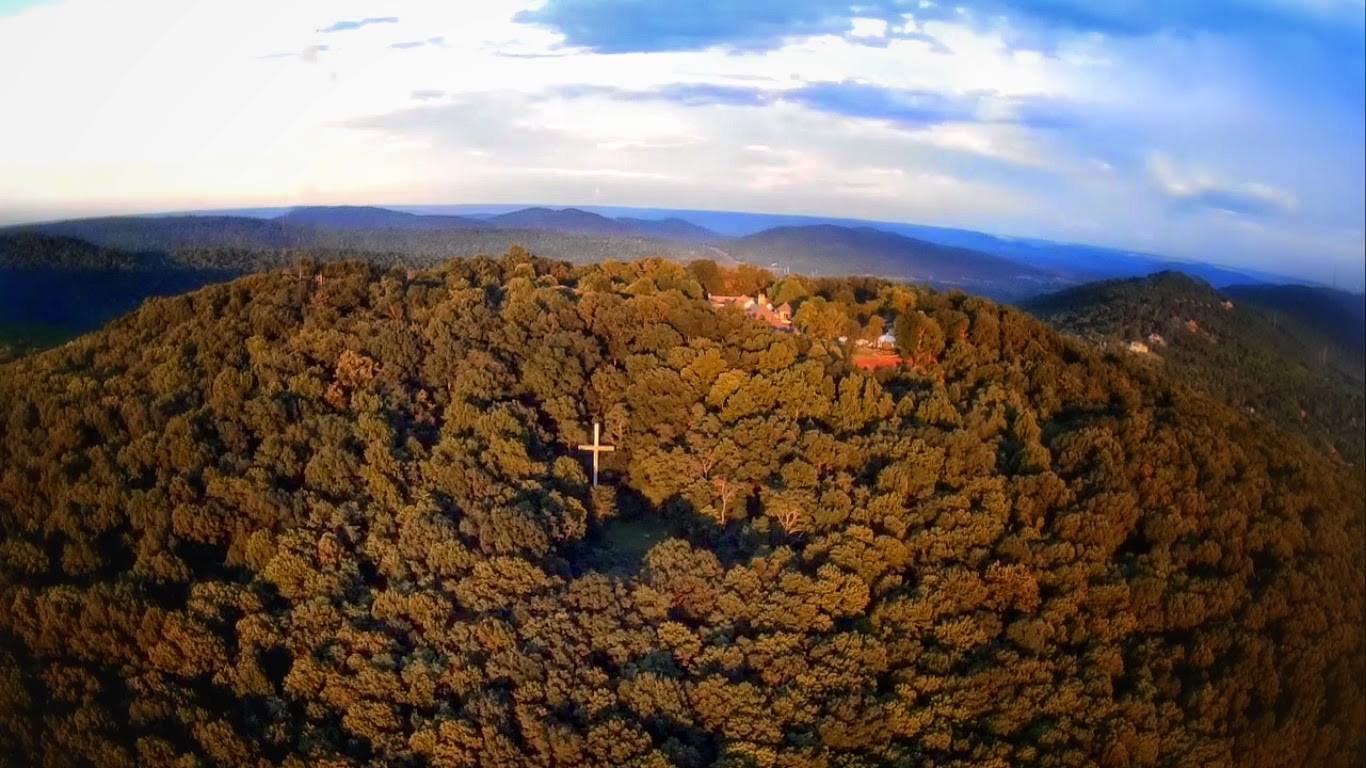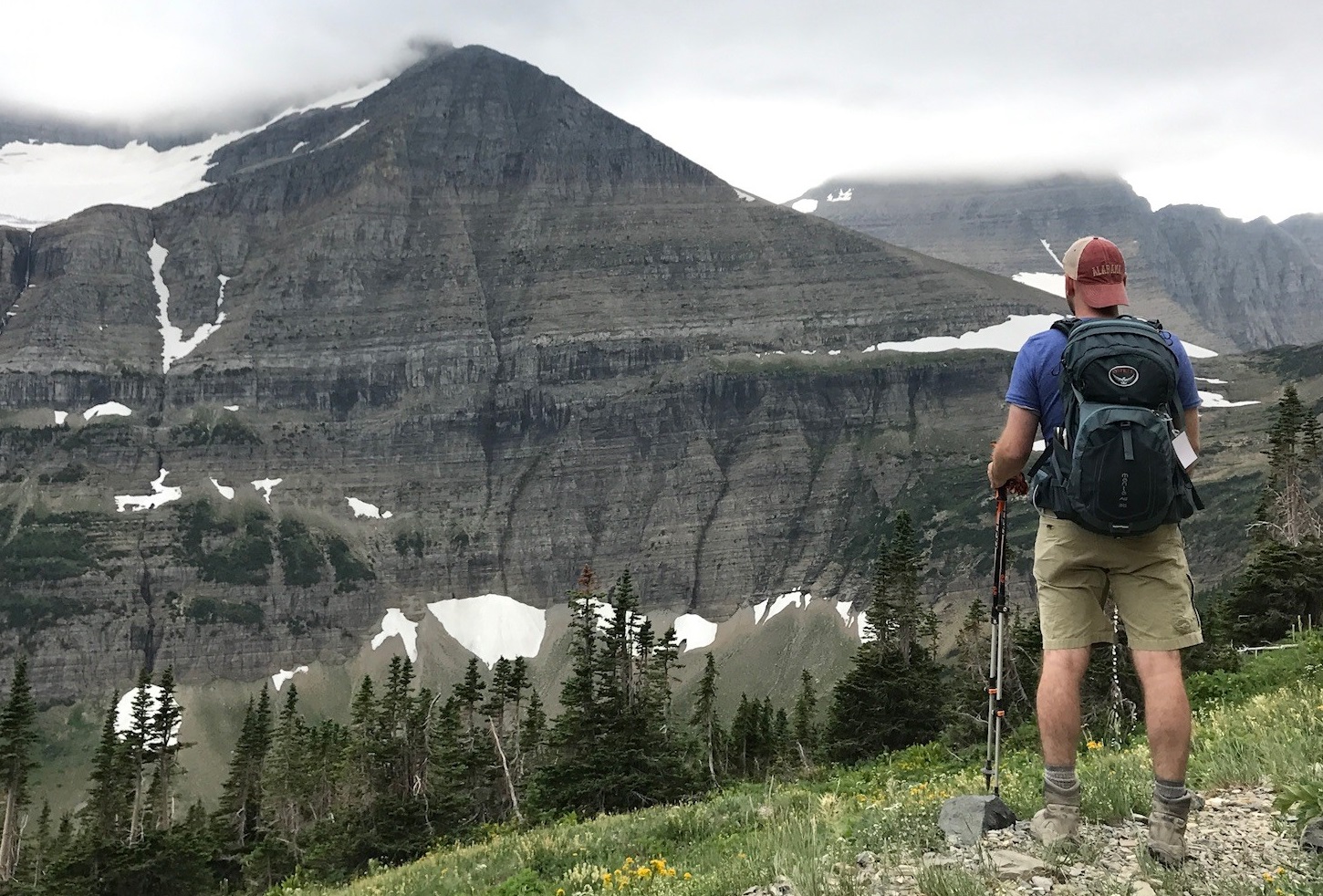 Davy Canupp
Davy Canupp
In the first of two articles, we preview an upcoming Huntsville Outdoors winter backpacking trip to the Great Smoky Mountains National Park. In this brief introductory piece, we want to share with our readers what we believe to be the essential gear items to bring on a two-night, cold-weather backpacking expedition. We have compiled this list both from our knowledge of the outdoors, from experience, and from some educated guess-work. We suspect there are many more experienced backpackers than ourselves among our readership, and we invite you to comment with suggested additions or alterations.
Our Trip
Our trip will take us some of the higher elevations of the Smoky Mountains over Martin Luther King weekend in January 2015. We are hoping the weather will be fair, but we do expect at least some snow on the ground, some ice on the trail, and temperatures falling well into the 20s or teens overnight. We plan to camp in two shelters along the Appalachian Trail and the Sweat Heifer Creek Trail, both of which are three-sided, lean-to type structures with room for about 12 people and a small fireplace. Wind and temperatures may be somewhat similar to simply sleeping under the stars, but we will at least have a roof to stop precipitation.
We will begin our hike in the Newfound Gap parking area on Highway 441. We will proceed east along the Applachian Trail (AT) until it intersects with Sweat Heifer Trail, at which point we will take the SWT to the Kephart Shelter to spend our first night. Since we are getting a late start and this will be mostly an uphill hike, we are limiting the first day to a little over 5 miles. The night will be spent at Kephart, and we will get up early the next morning and head toward Charlie's Bunyon and the Jumpoff, most likely via the Grassy Branch Trail and the Dry Sluice Gap Trail. From there, we will hope on the AT and seek shelter for the night at the Icewater Spring Shelter. The hike on the second day should be around 5.5 miles.
On our third and final day we will awaken at Icewater Spring and hike out west along the AT, approximately 4-5 miles, to our vehicles. The hope is to be home in Huntsville by dinner.
Our Gear
There will be a total of 8 guys going on this trip, so the gear will vary significantly by person. Personally, I am carrying a Coleman Maxx 65-liter internal frame pack, and wearing a Gore-Tex Arc-Teryx Jacket and Gore-Tex Marmot pants with thermals underneath at Vasque Erikkson Gore-Tex boots (outfitted with Micro-Spikes for ice). I'll have a 850-fill down Moonstone jacket in the pack, as well as 3 extra pairs of wool socks, some extra thermals, and an extra pair of waterproof pants, plus Gore-Tex gloves and a beanie.
That's just my hiking outerwear. Below is a list, developed with the gracious assistance of our friend Evan Dial, who has a lot more experiencing hiking in the backcountry than us. Without further ado, here is his list, with my additions:
Must Have Items
Backpack
Packcover or trashbag to cover bag in rain
Waterproof hiking boots
3-4 pairs wool blend or synthetic socks (no cotton)
Synthetic long underwear (no cotton)
Synthetic base layer tops
Sleeping bag good to at least 15 deg F
Sleeping pad
Waterproof jacket (ex: North Face Venture Jacket)
Waterproof pants
Insulating mid-layer (thick fleece, down jacket or synthetic down will work)
Beanie
Headlamp or flashlight with extra batteries
Waterproof gloves
Lighter or waterproof matches
Tinder (start saving dryer lint in a ziplock baggie)
Water filtration system and ability to carry at 3-4 liters of water (camelbak or multiple bottles)
Eating utensil
Lightweight coffee mug (used for coffee, food or whiskey)
Food for 3 days (freeze-dried for main meals is fine and snacks for in between main meals)
Backpacking stove and extra fuel
Small plastic whistle
Chapstick
Two trashbags
Micro-spikes for boots
Toilet paper
Toothbrush/paste
Compass / Map
Recommended
Trekking poles
Sunglasses
Pocket knife or hunting knife
Flask with your favorite libation
Wipes
Advil
Instant Coffee
Camera
First aid kit
Extras
I will be the first to admit that I am paranoid and am carrying along a few extras. They may not be needed but they make me feel better. These include a brand new DeLorme Explorer Personal Locator Beacon & Satellite Messenger that I just ordered. This handy device has mixed reviews and a hefty pricetag, but it is in theory a way to send text messages (and emergency SOS calls) through satellites, with delivery confirmation. You have to purchase a subscription, but you can do so on a monthly basis, which is my plan. It also includes rudimentary GPS navigation, meaning that it will show you a basic line with waypoints against a white background, but no topo maps (or really any maps at all) unless you are willing to pair it with a smartphone in the backcountry.
I'm also bringing a can of Bear Spray, since I already had it on hand from my trip to Alaska a few years back. One would hope the bears are all hibernating in the winter, but the National Park Service says that bears in the Smokies are not long sleepers and only hibernate for about a month when the food totally dries up. The latest reports indicate there is still bear activity on Mount Leconte, so one cannot be too careful. I've got kids to come home to.
I am bringing several lighters, not just one, and extra tinder. I suspect any available wood will be wet and we will need to be able to keep a fire burning for a while in order to light the wet wood. I'm also bringing a small folding camp saw in case the available branches are too long and thick to easily be placed in a shelter fireplace. And I'm packing a sleeping bag liner for my 15 degree mummy bag, that allegedly adds up to 15 degrees of warmth and keeps the bag clean.
Finally, I am planning to bring a reflective emergency blanket and a single-person survival tarp, just in case something happens with the shelters. This tarp may also be useful to seal in some warmth at the shelter, which is not closed on all sides.
In total, with water included, my pack weighs in at around 35 lbs. This could be a little heavy for a 2 night trip, but it is within the range given commonly for backpacking weight (usually less than 40 lbs). I've tried it out on easy 2-4 mile hikes around here in 40-degree weather and haven't had any problems. Hopefully that same experience will be replicated on the actual trip.
Conclusion
We will plan to update this piece with a full trip report when we return from the Smokies, but until then, tell us what we are missing, or what we are taking with us that we should ditch entirely.



